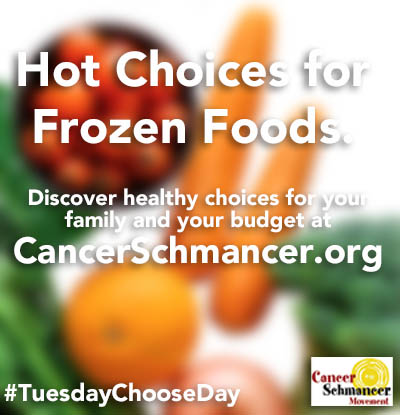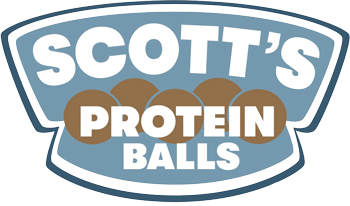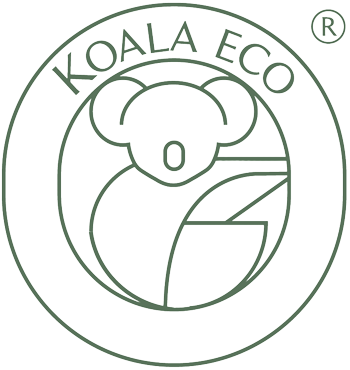
5 Fabulous Finds in the Frozen Food Aisle
Health experts often advise shoppers to cling to the outer edges of the grocery store – where they can find fresh produce and less-processed foods. But, while fresh food is typically the best option, you don’t need to bypass all options in the frozen aisle.
In fact, a 2016 study found that frozen food can help dramatically decrease your household’s food waste.1
We scoured our Food Scores database to find five great options in the frozen food aisle that maximize nutrition, and can save you time and money.
1. Organic Vegetables Like Whole Green Beans or Green Peas
Looking for a frozen vegetable that packs great nutritional bang for your buck? Frozen green beans are half the cost of fresh ones2 and retain more of their vitamin A3 and C4 content than other frozen vegetables. Similarly, frozen green peas are one of the cheapest frozen vegetables5 and retain more of their vitamin C content than fresh peas that have been stored for five days.6
Tip: Opt for sustainably and organically grown frozen fruits and vegetables since they retain vitamin C and other healthful plant compounds – also known as phytochemicals – better than conventionally grown frozen produce.7
Tip: Choose whole over cut, peeled or shelled produce. Think whole green beans instead of cut, or peas in the pod instead of shelled.8 Cutting, peeling and shelling increase the surface area exposed to light, oxygen and temperatures that destroy nutrients.9,10 When the peel is removed, fiber and other nutrients go with it.11
Check EWG’s Food Scores database for products like Earthbound Farm. Whole Organic Green Beans.
2. Organic Fruits Like Whole Strawberries or Blackberries
If you’re wandering down the frozen aisle looking for a sweet dessert, stop at the frozen fruit – it is hands-down the healthiest frozen dessert on the market. Berries also make a great snack – and they’re superior to dehydrated berries, which can lose up to 50 percent of their original vitamin C and 70 percent of their folate content12 after being exposed to high pressure or temperatures. Compared to frozen versions, vitamin C content was 44 percent lower in freeze-dried strawberries.13 As an added bonus, frozen blackberries are cheaper on average than fresh ones.14,15
Tip: Thaw wisely – leaving frozen fruit in the refrigerator is best way to reduce enzyme reactions that can destroy nutrients.16 The longer frozen foods are left at room temperature to thaw, the more severe nutrients losses will be.17
Tip: Have a plan – even frozen food has a shelf life. Loss of vitamin C, often used as a marker of general nutrient loss,18 is minimal for up to four weeks, but significant losses of vitamin C occur in frozen produce after 12 weeks.19
Check EWG’s Food Scores database for products like Cascadian Farm Organic Premium Black Berries.
3. Additive-Free Baby and Toddler Food
Feeding young ones but don’t have time to make your own baby food? Consider looking beyond jarred food. In their frozen aisles, some stores are stocking baby food made from fresh fruits and vegetables. Freezing produce helps slow nutritional losses, and helps prevent the growth of most microbes, making preservatives less necessary. And since frozen fruits and vegetables are often harvested at the peak of the season, there’s less need add flavors, or other additives or fillers to improve taste.
Tip: Many jarred foods from well-known brands like Gerber contain “flavor,” or thickening ingredients like rice flour,20 which can be contaminated with cancer-risk-increasing arsenic.21 Some experts think added flavors “may be overwhelming our palates, diluting our ability to taste real food.”22 Thousands of these secretive flavor chemical mixtures are added to foods without Food and Drug Administration oversight or review.23 EWG’s Food Scores app can help you find baby foods without added flavors or thickeners.
Try brands like Yummy Spoonfuls, which is the first brand of flash-frozen, organic baby food in a pouch to be sold across the U.S.







